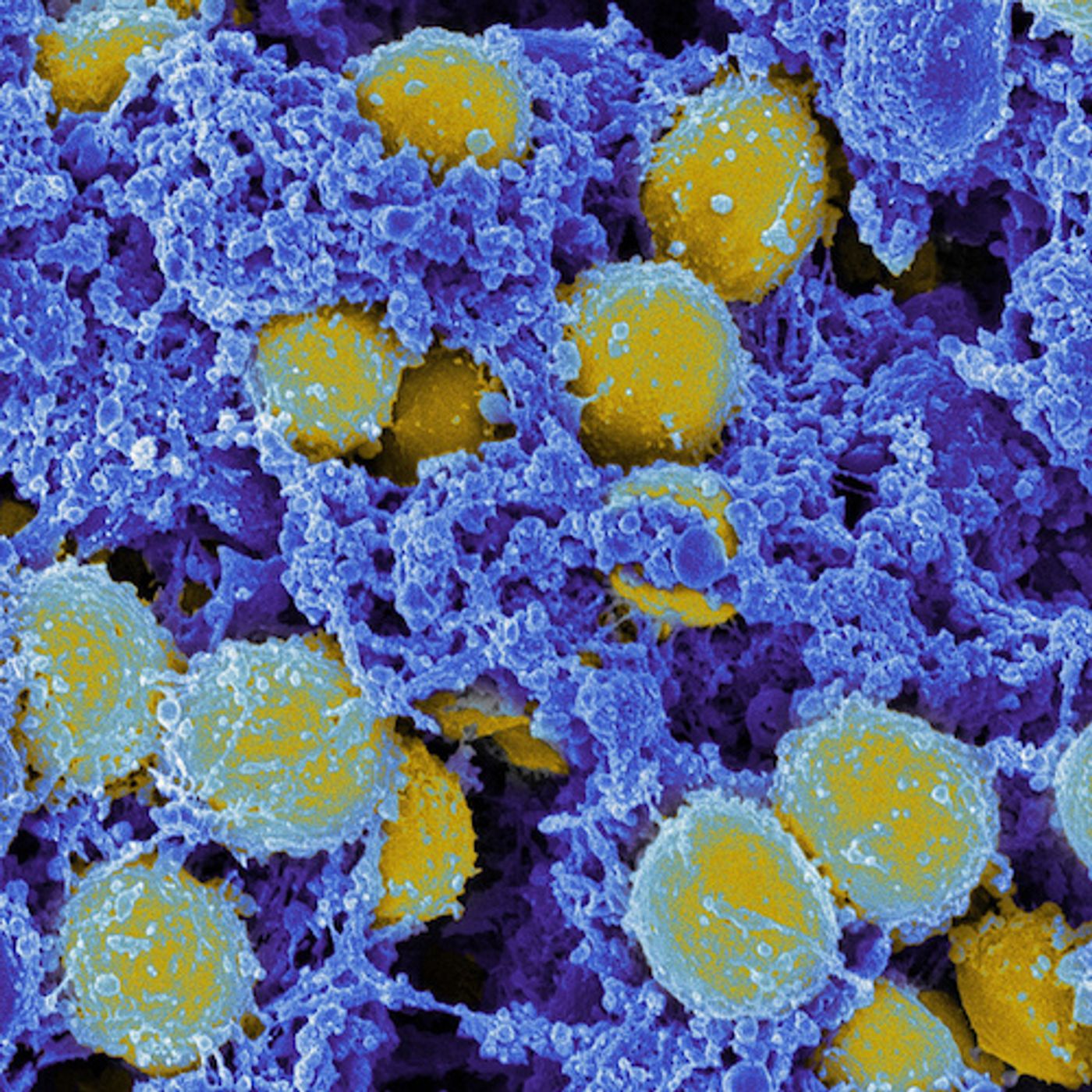A Kind of Forensics to ID the Source of Bacterial Outbreaks
Scientists at Mayo Clinic have developed a way to use whole genome sequencing to locate the source of deadly bacterial pathogens. Some strains of Staphylococcus aureus have become resistant to antibiotics, and this common microbe has become a killer. Now, forensic-style science can help stop the spread of this bug.
“If we have two or more people infected with the same type of bacterium, the question sometimes arises as to whether they got the organisms from one another or a shared source. The answer to this question can shape an approach to limit further spread,” explained Robin Patel, M.D., a clinical microbiologist with Mayo Clinic Department of Laboratory Medicine and Pathology. “Or, a patient might have a bacterial infection and later a second infection with the same type of bacterium. Whole genome sequencing can determine whether the patient picked up a new ‘version’ of the bacterium or if the old one never went away. This can matter for management of that patient.”
S. aureus, also known as staph bacteria, are a common cause of infections on the skin and in underlying tissue, like boils and abscesses. These infections usually aren’t serious. However, the bacterium can also cause a life-threatening infection that can get into bones, joints and the bloodstream.
Finding out where the infection is coming from can be difficult without using whole genome sequencing on the pathogen.
“It is important to develop tests that can distinguish how individual bacteria are related to one another and to understand and control the spread of bacterial infections,” noted Nicholas Chia, Ph.D., assistant director of the Center for Individualized Medicine Microbiome Program.
The researchers at Mayo are trying to bring the bench closer to the bedside; they want to use testing methods that encompass the whole bacterial genome when assessing pathogens.
“With microbial whole-genome sequencing, we can discover all there is to possibly know about an organism. It is cutting-edge technology that’s a little like CSI (crime scene investigation) in a way. We are providing information to assess relatedness, which will, in turn, direct interventions to interrupt transmission,” explained Dr. Patel.
It’s been established that sequencing the whole genome can help in identifying the source of dangerous pathogens, like methicillin-resistant Staphylococcus aureus, or MRSA. Outbreaks of that superbug have occurred in sports teams at all playing levels as well as healthcare facilities. Limiting the number of infected individuals can depend on finding its source.
Related: Cleansers, Antibiotics may Contribute to the Growth of MRSA in the Home
“Examining the entire bacterial genome, we will, in the near future, be able to identify resistance genes and mutations, therefore defining which antibiotics are going to be active. Our early research indicates that we can use whole genome sequencing to inform drug selection and therefore how that patient should be treated. It is so new, we’ve elected to look at this application separately from the strain relatedness testing approach we are currently performing,” noted Dr. Patel.
Not many US medical centers use whole-genome sequencing to characterize Staph bacteria when it’s found in the clinic like Mayo does. Researchers are hopeful that this testing will expand, and they’ve made the tests available.
Learn more about typical approaches to dealing with bacterial outbreaks.
Source: Mayo Clinic









